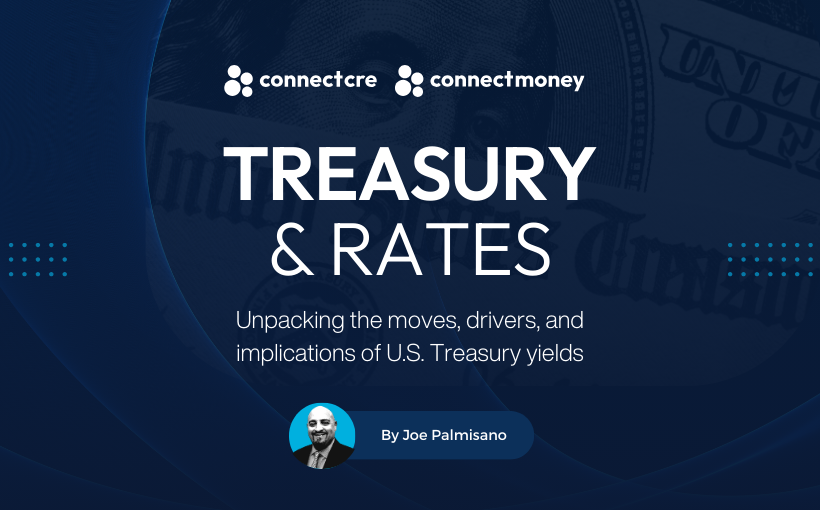

In 2025, the U.S. economy is navigating a critical policy mismatch. The federal funds target range, maintained at 4.25%–4.5%, is among the most restrictive in decades, while inflation, measured by the Consumer Price Index (CPI), has dropped to 2.1%, the lowest since March 2021. This gap—over two percentage points above inflation—strains economic growth, heightens recession risks, and questions the Federal Reserve’s cautious approach.
A neutral federal funds rate typically tracks inflation to balance growth and price stability. With CPI at 2.1%, a neutral rate would be around 2%–2.5%, yet the Fed’s current rate is significantly tighter. This restrictive stance is dampening economic activity, particularly in a fragile recovery environment following Q1 2025’s negative GDP growth. The Fed’s reluctance to ease interest rates despite cooling inflation suggests a risk-management approach aimed at avoiding a premature reversal of the 2022–2024 tightening cycle.
Historically, when inflation sits around 2%, the Fed funds rate has hovered between 1.5%–2.5%, supporting economic expansion without overstimulating demand. The current 4.25%–4.5% range is unusually restrictive relative to the CPI, leading to an inflation-adjusted real rate of over 2%, a level historically associated with demand suppression rather than stabilization.
Investor expectations often hinge on Treasury market signals. As of Wednesday, the 5-year breakeven inflation rate, derived from the spread between nominal yields and TIPS yields, stood at 2.29%—closely mirroring pre-tariff volatility levels. Meanwhile, the 2-year Treasury yield trades at 3.70%, sitting 80 basis points below the federal funds rate, implying a market expectation of around three interest rate cuts, slightly fewer than SOFR pricing suggests.
Signs of asset deflation persist. Commodity markets, reflected in the Goldman Sachs Commodity Index, and WTI crude oil are revisiting lows last seen in March 2021. The labor market remains sluggish, with negative Q1 GDP growth reinforcing concerns about stagnation.
Recent employment data underscores this weakness. In April 2025, firms announced 105,441 job cuts, pushing year-to-date layoffs to 602,493, an 87% surge from 2024, according to Challenger, Gray & Christmas. Initial jobless claims spiked to 241,000, with continuing claims at 1.9 million, marking the highest level since November 2021. Economic growth remains fragile, with Q1 2025 contraction reversing the modest expansion seen in 2024. Leading indicators, including the Conference Board’s Leading Economic Index, signal further deterioration.
Despite these trends, the Fed remains in a “wait and see” posture, diverging from previous cycles. In March 2021, when inflation was last at 2.1%, the federal funds rate sat near zero, triggering a subsequent rate-hiking cycle. Today, despite similar inflation levels, policymakers hesitate to ease conditions.
Federal Open Market Committee (FOMC) officials are weighing whether inflation will continue cooling or stabilize amid tariff disruptions—uncertainty that complicates policy decisions. Meanwhile, economic growth risks deepening downturn. The Fed’s window for preemptive rate cuts is closing.
Some officials—including Cleveland Fed President Beth Hammack and Fed Governor Christopher Waller—have signaled potential rate reductions in June or July, particularly if economic conditions worsen further. Historically, delayed policy responses have prolonged recoveries post-recession. The European Central Bank, by contrast, maintains a near-neutral 2% benchmark rate, highlighting the Fed’s comparatively tight stance.
Market pricing reflects skepticism toward near-term policy shifts. Fed funds futures indicate near-certainty that rates will remain unchanged at today’s meeting, with approximately a 60% probability of the first rate cut at the June 18 FOMC meeting. Waiting until June could risk allowing negative momentum to build.
FOMC officials seem to prioritize inflation concerns, but even with four 25-basis-point cuts in 2025, policy would remain restrictive. If inflation stabilizes rather than cools, prolonged tightening could exacerbate economic challenges. The Fed’s narrowing window for preemptive action risks allowing negative momentum to build, potentially mirroring past cycles where late cuts delayed recovery.
Given monetary policy’s six- to 18-month lag, the Fed may already be falling behind the curve. At its core, the Fed faces a balancing act: cut rates too early, and inflation could resurface; wait too long, and recessionary forces may deepen.
Please share your comments below and click here for prior editions of “Treasury & Rates.”
The post The Fed Is Behind the Curve appeared first on Connect CRE.






